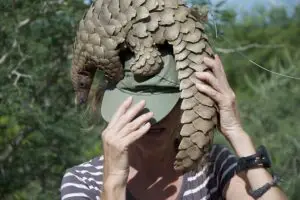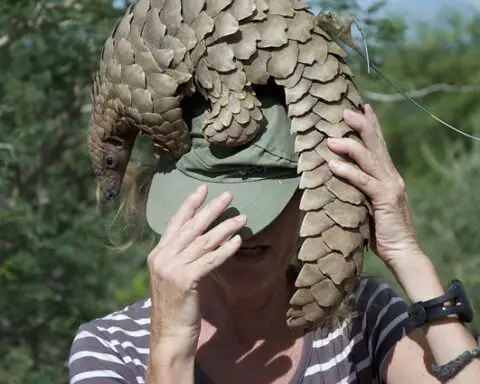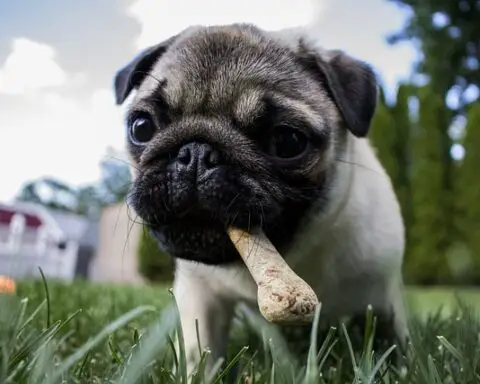Despite the enormous size of the blue whales, they tend to rely on some of the smallest ocean creatures: krill (euphausiids). The multi-chambered stomach of these whales is large enough to devour 2,200 pounds of food. Occasionally though, they also feed on amphipods, copepods and pelagic red crabs. However, the diet of these whales consists almost exclusively of krill, six centimeters long shrimp-like creatures. Each day, an adult gorges on 4 tons of krill. The mouth of a blue whale contains small fingernail-like plates called baleen that filters out food.
A hungry blue whale forages for the krill and lunges at them by keeping its mouth wide open. The blue whale turns on its side right before it opens up its massive mouth and gobbles mouthful of krill. Apart from krill, the mouth is also filled with 110 tonnes of water. Thus, the force of water creates a drag and pushes the whale back. But the water is eventually forced out while the whale swallows the krill. Each swarm of krill contains about 30,000 individuals.
According to a recent research conducted by Marine Mammal Institute of the Oregon State University, the blue whale lunges and swims toward the side of the krill at 10.8 kilometers per hour. However, the speed decelerates to 2.89 kilometers per hour as it opens its mouth.
Jeremy Goldbogen of the University of British Colombia tagged 265 blue whales to calculate the amount of energy these whales use and get while lunging at the swarm of krill. According to his calculations, the whale lunges at the krill with a top speed of 8 miles per hour (in less than 60 seconds), with each forward lunge burns up to 770 to 1,900 calories. However, the rush of water into its mouth brings the animal to a near standstill. In its dive that lasts for up to ten minutes, the whale lunges 3 to 4 times.
Luckily, the whale gets back its energy about 6 to 240 times the amount it had expended in its pursuit. If the swarm of krill is dense enough, it will give 457,000 calories in one mouthful thereby recouping 200 times the amount of energy outlaid. Even if the krill are spread over a large area, a single mouthful is going to earn 8,000 calories for the whale, which is still 8 times the amount of energy expended.
Sources:
“Marine Mammal Laboratory – Blue Whale”. NOAA Fisheries
“Blue Whale”. National Geographic
Yong, Ed. “Blue whales can eat half a million calories in a single mouth”. Discover Magazine
“Balaenoptera musculus”. University of Wisconsin
“What do whales eat for dinner”. Natural History Museum











